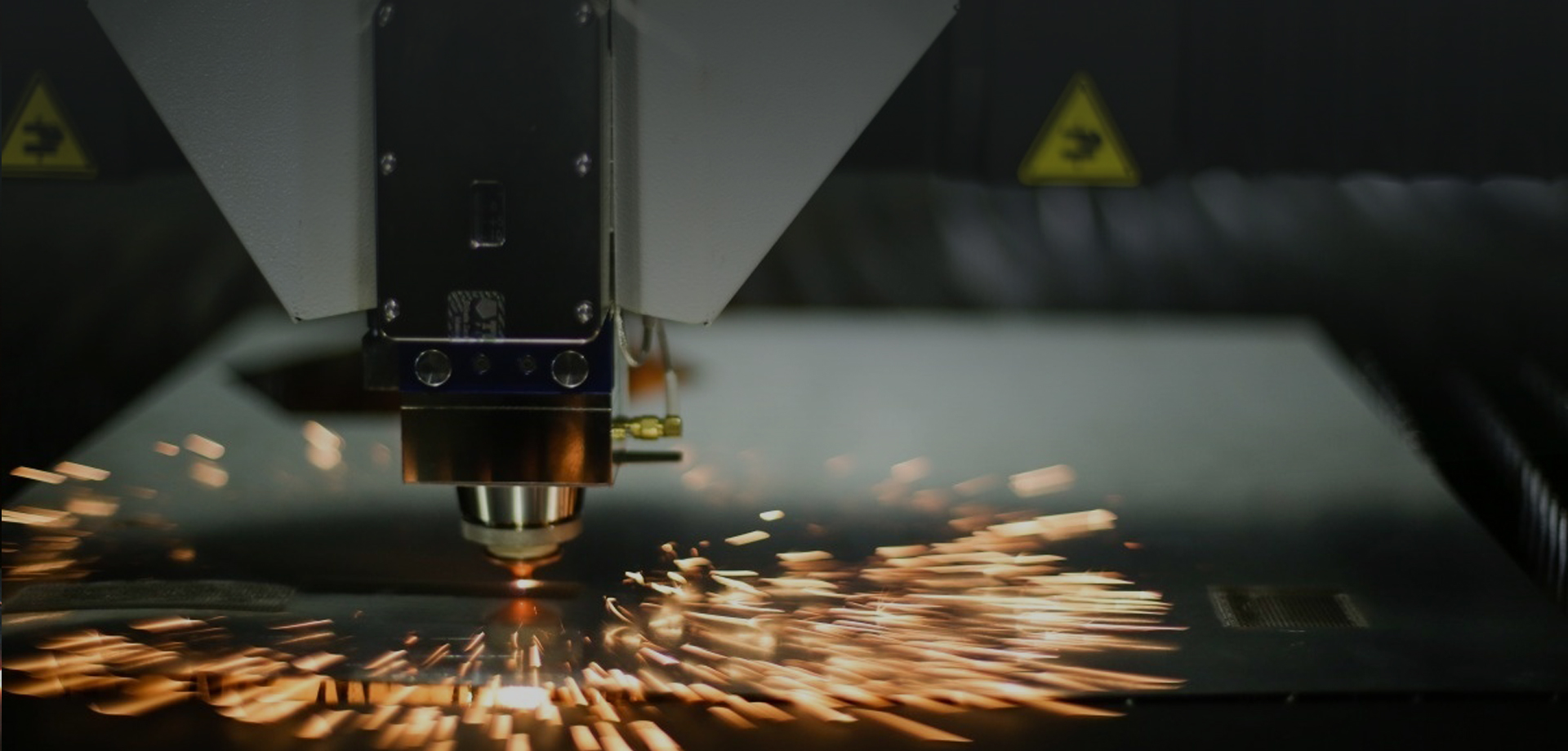Laser deep fusion welding generally uses continuous laser beams to complete the connection of materials. The metallurgical physical process is very similar to electron beam welding, that is, the energy conversion mechanism is completed through a "key-hole" structure. Under sufficiently high power density laser irradiation, the material evaporates and forms small holes. This small hole filled with steam is like a black body, which absorbs almost all the energy of the incident beam. The equilibrium temperature in the hole cavity reaches about 2500°C. Heat is transferred from the outer wall of the high-temperature hole cavity, which melts the metal surrounding the hole cavity. The small hole is filled with high-temperature steam generated by continuous evaporation of the wall material under the beam. The four walls of the small hole surround the molten metal, and the liquid metal surrounds the solid material. (In most conventional welding processes and laser conduction welding, the energy is first (Deposited on the surface of the workpiece, and then transferred to the interior by transfer). The liquid flow outside the pore wall and the surface tension of the wall layer are consistent with the steam pressure continuously generated in the pore cavity and maintain dynamic equilibrium. The light beam continuously enters the small hole, and the material outside the small hole is continuously flowing. As the light beam moves, the small hole is always in a steady state of flow. That is, the small hole and the molten metal surrounding the hole wall move forward with the forward speed of the leading beam, and the molten metal fills the gap left after the small hole is removed and condenses with it, and a weld is formed. All of this happens so quickly that the welding speed can easily reach several meters per minute.





